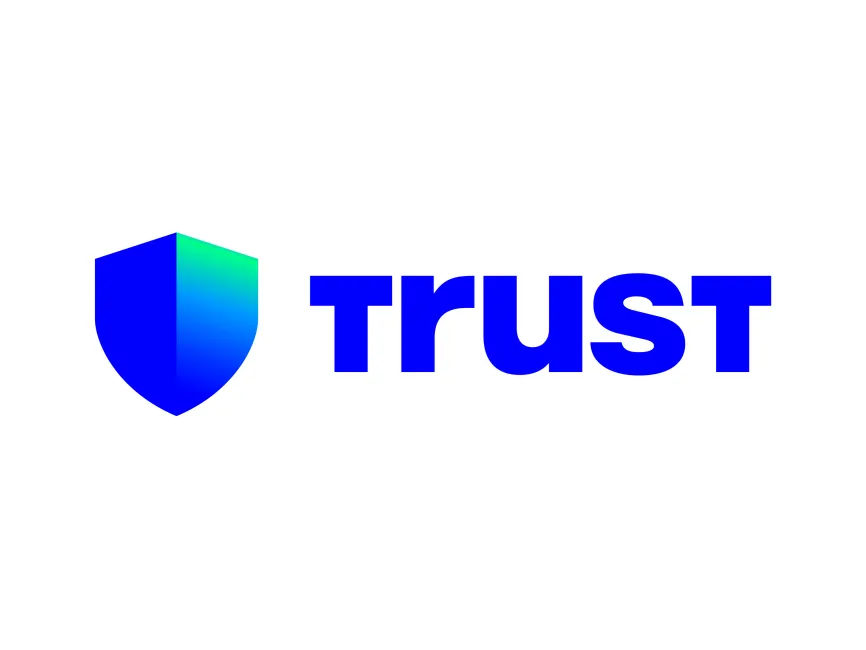Okay, so check this out—ever tried to interact with a decentralized app and got stuck wondering how the heck your browser and wallet actually “talk” to each other? It’s not magic, though sometimes it feels like it. Transaction signing and dApp connectors are the behind-the-scenes heroes that make Web3 integration actually seamless. Seriously? Yup. And if you’re dabbling in DeFi or multi-chain ecosystems, understanding this stuff is very very important.
At first glance, I thought transaction signing was just some fancy cryptographic mumbo jumbo—like, your wallet just puts a seal on your blockchain requests and that’s it. But then I realized, it’s way more nuanced. The wallet isn’t just stamping approval; it’s actively ensuring that the transaction is legit and that your private keys never leave your device. Hmm… that gut feeling that this is the real trust anchor in Web3? Yeah, it’s spot on.
Here’s the thing. Without a reliable dApp connector, your browser and wallet can’t coordinate smoothly. The connector acts like a translator, bridging your browser’s requests with your wallet’s security protocols. On one hand, it sounds straightforward, but actually, the challenge lies in supporting multiple chains and maintaining UX that doesn’t frustrate users (oh, and by the way, that’s where many extensions fall short).
When I first toyed with Trust Wallet’s browser extension, I noticed how it handled multi-chain access with surprising fluidity. It wasn’t just about connecting to Ethereum; it could seamlessly switch between Binance Smart Chain, Polygon, and others. Honestly, that blew me away because many wallets feel like they’re stuck in the past, only thinking of Ethereum.
Wow! Now, if you haven’t tried the trust wallet extension, you’re missing out on a pretty slick experience. It makes the whole signing process feel natural, even for someone who’s not a hardcore crypto nerd.
Why Transaction Signing Isn’t Just Clicking “Approve”
Signing a transaction isn’t just about that final click. My first impression was “Easy-peasy,” but when I dug deeper, I found that the wallet has to handle nonce management, gas fees, and sometimes even smart contract interactions before it signs anything. These aren’t trivial tasks—they require the wallet to understand the transaction context fully.
At the same time, there’s a lot of risk if this process is botched. Imagine accidentally signing a malicious contract or a phishing transaction because your wallet didn’t properly verify the payload. Trust me, this part bugs me—a lot. You really need a wallet that’s smart enough to warn you or block shady stuff.
And here’s the kicker: the wallet extension’s dApp connector plays a crucial role here, too. It doesn’t just pass commands blindly. Instead, it filters and interprets data from the dApp, sometimes even offering you choices to customize gas settings or confirm contract permissions. This interactive layer is what makes Web3 feel less like the Wild West.
Initially, I thought all connectors were created equal, but actually, they differ widely in how well they support standards like WalletConnect or EIP-1193. The trust wallet extension nails this by integrating natively with many dApps, which reduces friction and enhances security.
Seriously, no joke—once you see how the connector acts as a gatekeeper, you realize why Web3 integration isn’t just a “plug and play” affair.
Multi-Chain DeFi Access Means More Complexity Than You Think
Switching gears a bit—multi-chain support is the hot topic these days. Initially, I thought it was just adding a dropdown to your wallet where you pick “Ethereum” or “BSC” and off you go. But no. Supporting multiple chains means juggling different transaction formats, gas fee models, and even wallet address formats sometimes.
My instinct said this would make the UX clunky, but actually, some extensions handle this gracefully. The trust wallet extension is one of them. It manages to keep the interface clean while letting users hop between chains without losing their session or connection state.
Here’s a little rant: many wallets try to be all things to all people but end up feeling bloated or confusing. That’s not the case here. The extension keeps it simple but powerful, which I appreciate as someone who’s used way too many clunky crypto tools.
One long thought that keeps coming back to me is how this multi-chain integration challenges the whole notion of “one wallet fits all.” Maybe we’re moving towards a more modular approach where wallets specialize, but for now, a good multi-chain connector is the best middle ground.
Something felt off about wallets that promise full multi-chain support but don’t have robust dApp connectors—they often drop the ball on transaction signing nuances for each chain.
Personal Experience: Navigating Web3 with Trust Wallet Extension
Okay, here’s a bit of a personal anecdote. I was testing a DeFi yield farming dApp last month, hopping between Ethereum and Binance Smart Chain pools. At first, I was hesitant—would switching chains mid-session cause a hiccup? Surprisingly, the trust wallet extension handled it without a sweat, managing the transaction signing requests instantly with clear prompts.
Whoa! The clarity of the interface made me feel in control—not overwhelmed. That’s huge because when you’re dealing with real money, confidence in your tools matters.
Initially, I thought I’d need to manually adjust gas fees every time, but the extension auto-suggested reasonable defaults based on network congestion. Actually, wait—let me rephrase that… it didn’t just suggest; it learned my preferences over time, which was pretty neat (and unexpected).
On one hand, this kind of smart UX is becoming a must-have. Though actually, it’s still rare among browser wallets, so it’s refreshing to see.
One last thing: the extension’s support for dApp connectors means I can easily integrate with new projects without worrying about compatibility or security risks. It’s like having a reliable middleman who knows the ropes.

Check this out—having a wallet extension that blends security, multi-chain support, and smooth dApp integration is like having a Swiss Army knife for DeFi. Whether you’re swapping tokens or staking, the transaction signing process feels intuitive, and you’re less likely to get caught in confusing prompts or security pitfalls.
Wrapping Up (But Not Really)
So yeah, transaction signing and dApp connectors aren’t just technical buzzwords. They’re the secret sauce that makes Web3 usable for regular folks like you and me. I’m biased, but if you’re serious about dipping your toes—or diving deep—into multi-chain DeFi, trying out the trust wallet extension might be your best bet.
Am I 100% sure it’s perfect? Nah, nothing is in crypto. But it’s a solid step toward making blockchain interactions feel less like a guessing game and more like a natural part of your browsing routine.
Anyway, I’m still figuring out some quirks myself, but this whole experience has made me more optimistic about where Web3 wallets are headed. Maybe next time, they’ll even surprise us with smarter, safer, and friendlier transaction signing experiences. Until then—keep experimenting and stay curious.
We’re grateful to these projects for helping us keep the lights on:
sites.google.com/phantom-solana-wallet.com/phantom-wallet – Phantom is the leading Solana wallet for storing, swapping, and managing SOL and NFTs.
sites.google.com/phantom-solana-wallet.com/phantom-wallet-extension – The Phantom browser extension brings instant, in-tab access to all your Solana assets.
sites.google.com/walletcryptoextension.com/rabby-wallet – Rabby is an open-source multi-chain wallet built for DeFi users with smart network switching.
sites.google.com/walletcryptoextension.com/rabby-wallet-extension – The Rabby extension delivers the same multi-chain DeFi features right in your browser.
sites.google.com/walletcryptoextension.com/solflare-wallet – Solflare is a full-featured Solana wallet offering secure storage, swaps, and staking.
sites.google.com/walletcryptoextension.com/solflare-wallet-extension – The Solflare extension makes Solana transactions seamless from your toolbar.
sites.google.com/walletcryptoextension.com/polymarket-wallet – Polymarket Wallet lets you trade prediction markets using USDC on Polygon.
sites.google.com/walletcryptoextension.com/polymarket-official-site – The official site of Polymarket, a decentralized platform for information markets.
sites.google.com/walletcryptoextension.com/aave-official-site – The official portal for Aave, a decentralized liquidity protocol for lending and borrowing crypto.
sites.google.com/walletcryptoextension.com/hyperliquid-official-site – Hyperliquid is a high-performance decentralized perpetuals exchange with ultra-fast trading.
sites.google.com/trustwalletus.com/trust-wallet – Trust Wallet is a popular multi-chain mobile wallet with built-in DEX and NFT support.
sites.google.com/trustwalletus.com/trust-wallet-extension – The Trust Wallet extension brings multi-chain crypto management to desktop browsers.
sites.google.com/okx-wallet-extension.com/okx-wallet – OKX Wallet lets you manage assets across 60+ networks and access a vast DApp ecosystem.
sites.google.com/okx-wallet-extension.com/okx-wallet-extension – The OKX Wallet extension offers seamless DeFi and NFT interactions right from your browser.


